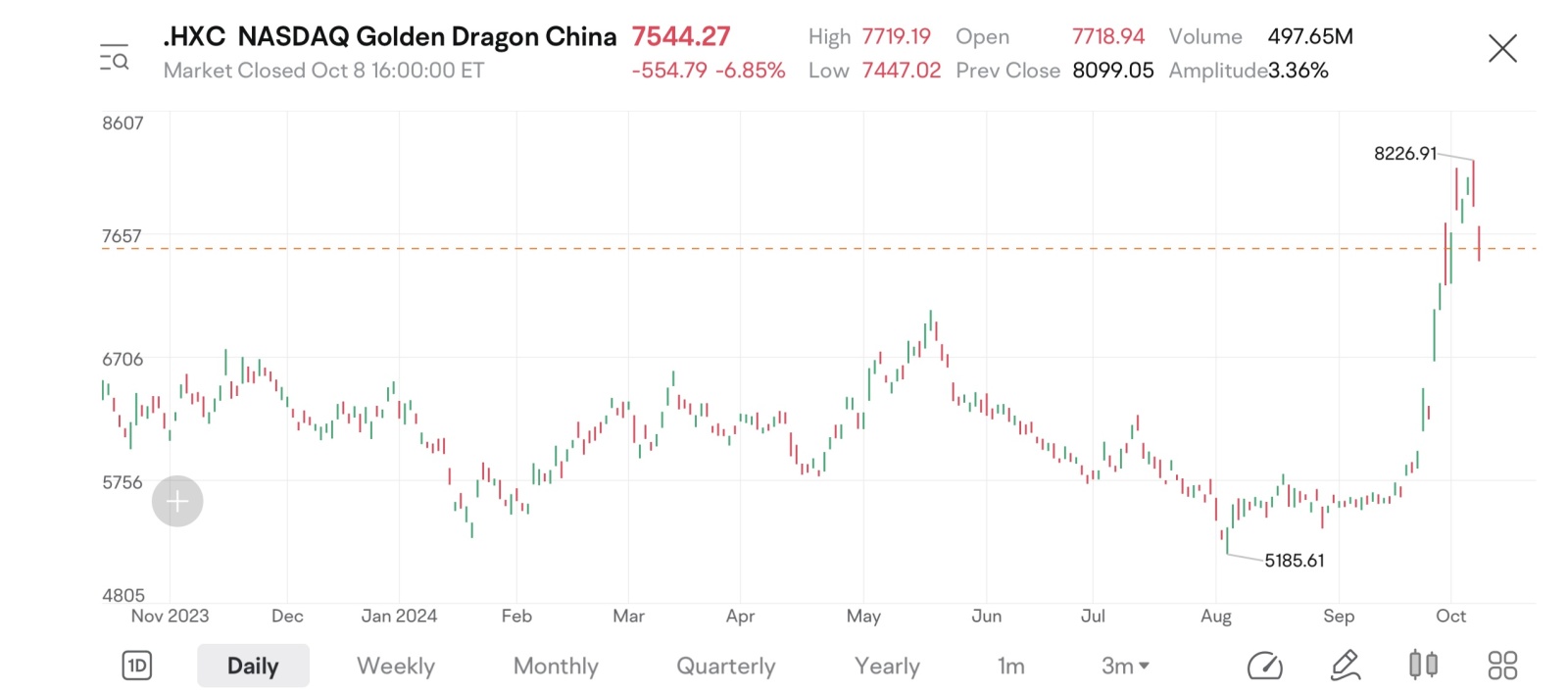For example, let's say you are optimistic about Stock A. First, you can divide your funds into several portions and buy 10,000 shares at a price you consider reasonable (e.g., $4.75). Then, set a price range (e.g., $0.25). Next, for every $0.25 decrease in price, you buy another 10,000 shares, and for every $0.25 increase in price, you sell 10,000 shares.



Clement Lemons : okk
103916021 : k
101775147 AL alfijai :


naz_k : thank you, keep going please
105742796 Learner : Thank you have to read this many times good explanation
74618546 : thanks
72153435 : thanks
105570983 : zaki
joemamaa : nice